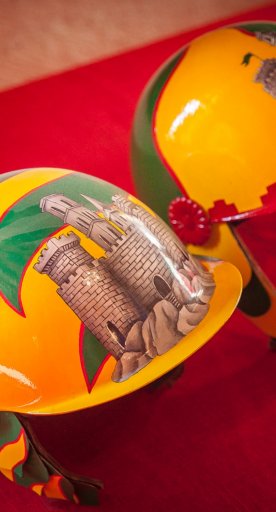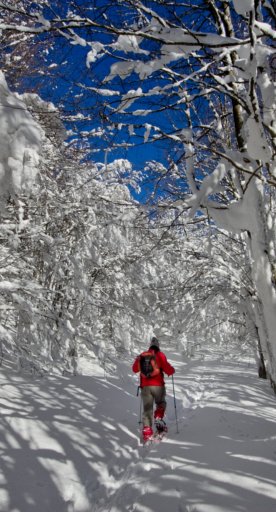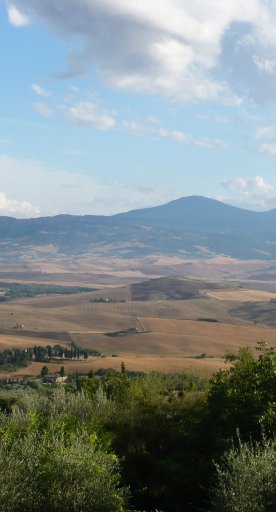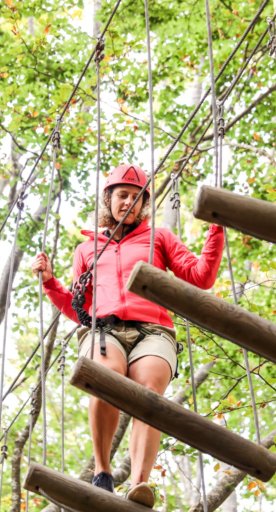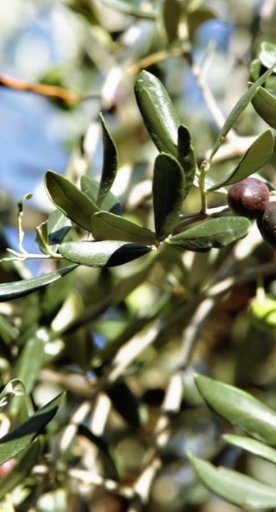The Opera Church (or the Propositura of Santi Niccolò and Lucia) overlooks the Piazza della Madonna right in the heart of the village. The temple is entirely Baroque, and was only completed in 1870. Inside is a Latin cross as well as ten chapels, and is viewed as an authentic Nasini museum; the paintings depicting the Nativity of Mary and the Mystical Marriage of Saint Catherine of Alexandria, both by Giuseppe Nicola, are particular stand-outs. The wooden crucifix and the sixteenth-century holy water stoup are also fantastic works.
In the very same square, the Palazzo del Comune and the Church of the Madonna delle Grazie (which is also rich in canvases and paintings) are found.
Heading up towards the oldest part of the village, you’ll pass under the arch supporting the Clock Tower. Past this it’s well worth stopping in the picturesque Piazzetta degli Ortaggi, with a well-preserved 16th-century Loggia. The memorably austere Parish Church of San Leonardo and the "Piccina" Church - or the Blessed Sacrament - are found at the end of the village.
Recent restaurations have brought the beautiful Palazzo Nerucci back to life. Built in 1554, it’s home to the Civic Museum of Castel del Piano.







